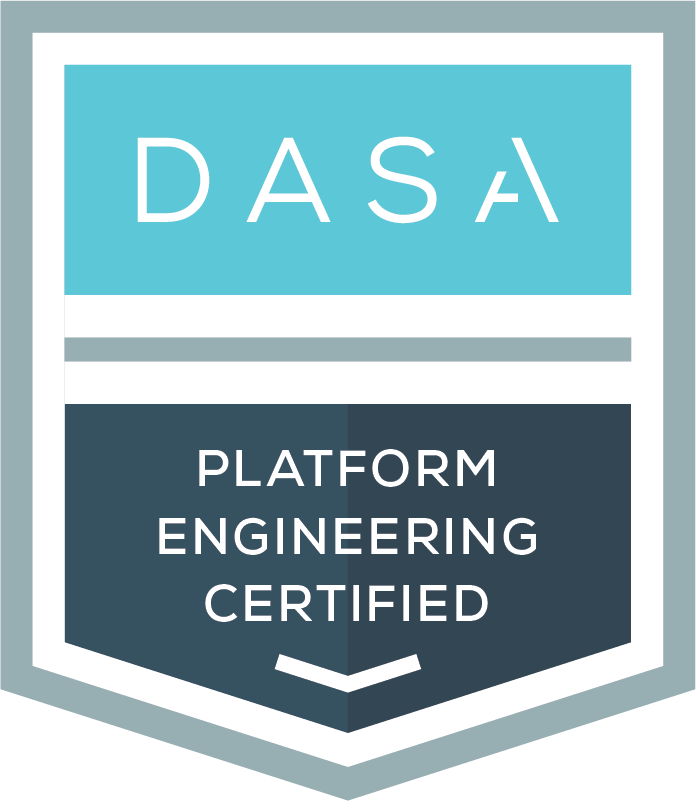Platform engineering represents the next significant evolution in DevOps, promising to streamline development workflows, enhance developer productivity, and foster greater innovation. This article delves into the core principles of platform engineering, its differences from traditional DevOps practices, and how it can be successfully implemented to achieve transformational growth in organizations.
What Is Platform Engineering?
Platform engineering focuses on creating and maintaining a self-service platform that developers can use to build, deploy, and manage applications. Unlike traditional DevOps, which emphasizes the cultural and collaborative aspects between development and operations, platform engineering prioritizes developer productivity and infrastructure abstraction.
While DevOps focuses on streamlining software delivery through collaboration between development and operations teams, platform engineering takes a different approach by emphasizing developer enablement. It aims to enhance developer productivity through self-service development portals, allowing developers to independently manage their infrastructure needs and reducing their reliance on operations teams.
Platform engineering also differs by abstracting infrastructure complexity, providing developers with the tools they need without requiring in-depth knowledge of the underlying systems. This enables developers to focus on problem-solving and building solutions, further boosting efficiency and innovation within the organization.
The Rise of Platform Engineering
The transition from DevOps to platform engineering is driven by the need for greater standardization, scalability, and developer empowerment. As enterprises adopt cloud-native technologies and microservices architectures, the complexity of managing infrastructure grows. Platform engineering addresses these challenges by providing a standardized, self-service platform that developers can easily use.
DevOps emerged as a solution to the siloed nature of development and operations teams, aiming to integrate these functions for more efficient software delivery. Over the years, as DevOps practices evolved and new tools emerged, the complexity of managing these tools increased. This complexity often led to developers spending more time managing infrastructure than writing code, prompting the need for a new approach.
Platform engineering arose from the need to streamline these processes, offering a more standardized and automated way to manage infrastructure, thereby allowing developers to focus on their core tasks.
Core Principles of Platform Engineering
Implementing platform engineering effectively requires adherence to several key principles:
1. Self-Service: Developers should be able to independently access and provision the resources they need without relying on the operations team. This autonomy speeds up development cycles and reduces bottlenecks.
2. Customer-Centricity: The platform must be designed with the customers’ needs in mind, ensuring that it is intuitive, reliable, and meets their requirements.
3. Product Mindset: Treat the platform as a product. This means continuous improvement, regular updates, and gathering feedback from users to enhance the platform’s functionality and usability.
4. Automation: Automation is critical to reducing manual processes and ensuring consistency across deployments. Infrastructure as Code (IaC) is a fundamental component, enabling the automated provisioning and management of infrastructure.
5. Standardization: Standardized processes and tools are essential for reducing complexity and ensuring consistency. This standardization extends to everything from deployment pipelines to security practices.
Organizational Structure and Cultural Shifts
Adopting platform engineering successfully requires a shift in both organizational structure and culture. Traditional roles may need to be redefined to promote a more integrated approach. Leadership plays a critical role by providing clear support, investing in the right tools, and fostering a culture of continuous improvement and collaboration.
Cross-functional teams are also essential, bringing together technical expertise and business insights to ensure the platform aligns with developer needs. Continuous feedback loops from developers and stakeholders are vital for refining and improving the platform, ensuring it evolves to meet organizational goals.
Measuring Success
To assess the success of platform engineering initiatives, organizations should track several key metrics. Developer productivity is crucial and can be measured by the time taken to deploy new features, the number of infrastructure-related support requests, and overall developer satisfaction. Another important metric is deployment frequency; a well-implemented platform should result in more frequent and reliable deployments.
Additionally, incident response time should be monitored, with efficient platform engineering leading to faster resolutions and fewer incidents overall. Finally, the rate of innovation within the organization can be evaluated by tracking the release of new features, the speed of prototyping, and the adoption of new technologies. These metrics collectively provide a clear picture of how platform engineering is impacting overall performance and innovation.
Future Trends in Platform Engineering
Platform engineering is set to evolve further with advancements in automation, artificial intelligence, and cloud-native technologies. AI and machine learning will play a key role by enabling advanced analytics, predictive maintenance, and automated decision-making, which will optimize platform performance and efficiency.
Future platforms will also focus heavily on enhancing the developer experience, incorporating real-time feedback, integrated development environments, and advanced debugging tools. Additionally, as platform engineering matures, greater standardization is expected, with industry best practices and common frameworks emerging to streamline implementations and ensure consistency across organizations.
Conclusion
Platform engineering represents a transformative approach to managing infrastructure and enhancing developer productivity. Focusing on self-service, automation, and a product mindset helps organizations to streamline their development processes, foster innovation, and achieve greater operational agility. As this field continues to evolve, it will undoubtedly play a crucial role in the future of software development and delivery.


DASA Platform Engineering
De-risk, optimize, and get maximum value from the platform engineering initiative.
